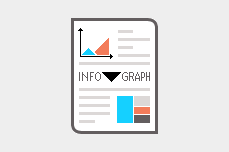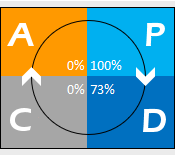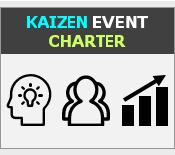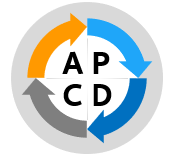
Also known as Shewhart Cycle and Deming Wheel.
Variants include PDSA Cycle and OPDCA.
The Plan-Do-Check-Act Cycle (PDCA Cycle) is a four-step model for systematic problem solving and continuous improvement. It offers a simple and structured way for resolving business-related issues and creating positive change. This framework is widely recognized as the basis for enhancing the quality of processes, products, and services by following a logical sequence of four steps: Plan, Do, Check, and Act.
The PDCA cycle model can be applied in most kinds of projects and improvement activities, whether they are breakthrough changes or smaller incremental enhancements. For example, it can be effectively utilized when aiming to enhance employee skill levels within an organization, change the supplier of a product or service, or increase the quality of care and patient engagement within a hospital.
A common practical example of the PDCA cycle can be illustrated when dealing with customer complaints. This scenario involves steps like reviewing, categorizing, and prioritizing the existing complaints, generating potential solutions for addressing the most frequent complaints, conducting pilot surveys with sample customers to test new options, collecting and analyzing customer data and feedback, and ultimately implementing lessons learned on a larger scale. The above steps represent the PDCA cycle in action.

The Four Phases of the PDCA Cycle
The PDCA cycle begins with the Planning phase which involves the identification of the problem and objectives. During this phase, a collaborative effort is made to agrees on the problem to be solved or the process to be improved. Subsequently, an in-depth analysis of the existing as-is situation is conducted, alternative solutions are identified, and the most promising solution is selected and scheduled for implementation.
In the Do phase, the selected solution is put into action on a limited scale. This phase also involves ongoing progress measurement, data collection, and feedback gathering to facilitate subsequent analyses.
The Check phase involves analyzing the collected data and feedback and comparing the outcome against pre-established objectives. This phase allows to evaluate how well the solution has worked and where further enhancement may be needed. Additionally, it involves the identification of unexpected issues and the gathering of key learnings. It is important to note that the Do and Check phases may need to be repeated until the desired results are achieved.
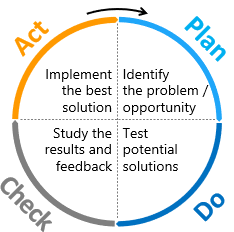
The Act phase is the point at which the chosen solution is fully integrated. This phase requires taking actions based on the insights acquired from the Check phase. A plan for full-scale implementation is carried out, taking into account the associated costs and benefits. The Act phase also concerned with standardizing, documenting, sustaining the improved process, as well as integrating it into the organization’s system.
The utilization of the PDCA cycle doesn’t necessarily stop once the Act phase is completed. The improved process often becomes the new baseline, which may prompt a return to the Plan phase. Multiple iterations of the PDCA cycle may be essential for a permanent resolution of the problem and the attainment of the desired future state. Each cycle brings one closer to their goals and extends their knowledge further.
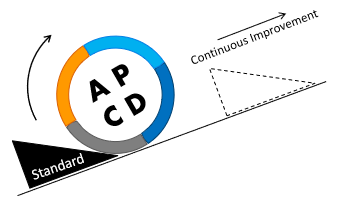
Example
A common example often used to illustrate the PDCA cycle is when a team is initiating a new product development.
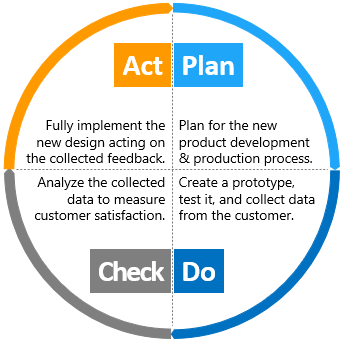
Example
Another example is when a lab team is planning to solve a customer complaint about the delayed test results at a laboratory.


In the 1990s, a modified version of the PDCA cycle was introduced. It was called PDSA cycle where ‘S’ stands for Study. It is believed that data analysis is important for any improvement effort, and “Checking” does not really imply studying and analyzing the data.


OPDCA is another version of PDCA where ‘O’ stands for Observe. The Observe is added at the front of the cycle to emphasize the need to observe before creating any plan. The goal of observation is to find out what is really happening and what can be improved.
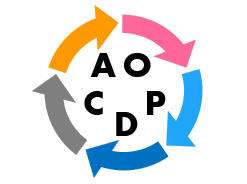

You may find it useful to use the following tools in each phase of the PDCA/PDSA cycle:
- Plan – process mapping, brainstorming, waste analysis, prioritization matrix, improvement roadmap, gap analysis, and force field analysis.
- Do – Gantt chart, dashboard, data collection methods, sampling, observation, check sheet, and control chart.
- Check/Study – graphical analysis, statistical analysis, 5 whys, fishbone diagram, Pareto analysis, root cause analysis, and decision-making techniques.
- Act – process mapping, Gantt chart, dashboard, control chart, control plan, visual management, and standard work.

Several tools are available to aid in planning and monitoring project activities using the PDCA model. One of the most straightforward methods is to use this PDCA template.
Wrapping Up
PDCA represents the logical way of thinking we tend to follow when resolving problems and implementing continuous improvement. The objective is to make significant progress towards achieving the intended goal. Furthermore, it is important to note that the PDCA model stands at the core of almost all quality management systems. TQM, ISO standards and the A3 thinking process are all based around the PDCA philosophy.
Other Formats
Do you want to use the slides in your training courses?

PDCA Training Material – $18.85
Related Articles
Related Templates


